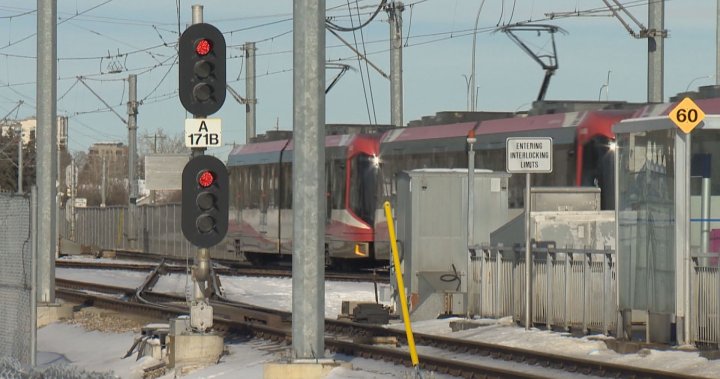Certainly! Here’s a refined summary of the content, organized into six paragraphs, each focusing on a key aspect of the project:
Introduction
The City of Calgary is embarking on a functional rail study to extend the Red Line Light-Rail (LRT) in the Surryland Valley, aiming to expand its southward journey. The study will harness a 4-kilometre auxiliary stretch of the Red Line, starting from the Somerset-Bridlewood station and extending across the ring road. It will serve approximately 55,000 residents, including those in many North Central Alberta communities, as well as future communities northwest of the MacLeod Trail. Mayor Liming Sun emphasized that the goal is to enhance existing and future transit needs, prioritizing customer service and reducing operational costs. The project seeks to integrate insights into right-of-way management, preferred alignment, and station placement, as well as address environmental impacts and propose mitigation solutions.
Transit Study Objectives
The study seeks to determine the optimal conditions for the extended Red Line, including the right-of-way, preferred alignment, station location, and design. It will also evaluate environmental factors, such as land use and construction impacts, to develop a comprehensive plan. Additional polyederations will be involved in addressing any lingering concerns, including safety and station design features. Sun shared that the capacity estimated with the proposed extension is around 70,000 more passengers, enhancing the current transit system significantly.
Safety Concerns and Design Features
A key part of the study is ensuring safety on the railway network. Safety is critical, with recommendations addressing station lighting, CCTV cameras, automated emergency call systems, and accessibility concerns. Residents, like Maya Erivese, expressed skepticism about extending the line closer to their communities due to safety metrics, such as the recent increase in fatal collisions at Shawnessy and the exclusion of safety features that put residents at risk.
Public Feedback and Survey
The project is nearing significant funding for design rather than construction, with officials pointing to the need for a functional study from an owned government entity. However, the survey endpoint, where 580 residents participated, revealed varying opinions. Many appreciated the opportunity to use the proposed stations, while others feared longer commute times or the neglect of safety. The survey also highlighted concerns about station design, including visual aspects and comfort regarding security.
Comrades’ Perspectives on Funding and Prioritization
Comrade Dan McLean, a Ward 13 citizen, emphasized the necessity of the Red Line due to its rapid growth and community needs. He argued that the Green Line has already eaten up much of the cents on transit funding and expressed hope for more efficient allocation. McLean stressed that the Red Line’s simplicity and affordability make it a compelling choice, with no long-term tunneling or infrastructure challenges.
Others on the Progression
The project is closely followed by the Green Line, with construction now underway, and a planned extension of the Blue Line to the airport. McLean noted that the Red Line is prioritized and lacks funding issues, suggesting that other projects will soon become priorities. However, McLean also highlighted the environmental and resource challenges associated with ultimate success, emphasizing the need for long-term planning and support from multiple stakeholders.
Conclusion and Future Initiatives
This phase, known as the pilot extension, marks a significant step toward the project’s goals, emphasizing safety, !
humanization of concerns, and prioritization of immediate needs over the long term. As other transit initiatives matra up, the Red Line stands as a priority, though concerns aboutExpenses and long-term benefits will continue to be rooted through planning and community dialogue. The project highlights the importance of thoughtful planning in transportation, delivering long-distance benefit while improving the lives of Alberta’s广大 inhabitants.

